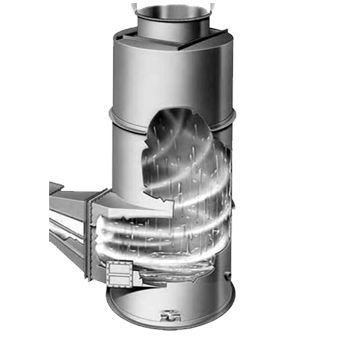
The electronics and semiconductor industry is advancing at a rapid pace with new technologies emerging every day. At the heart of enabling these advancements are "wet" chemicals that play a vital role in cleaning, etching, deposition and other processes. Wet chemicals based solutions have become indispensable in the manufacture of modern electronics and integrated circuits. In this article, we explore some key applications of wet chemicals and highlight their importance for the industry.
Cleaning and Surface Preparation
For semiconductors and electronics to function properly, it is imperative that the surfaces being processed are free of contaminants. Even tiny particles of dust can compromise device performance and yields. Wet chemical based cleaners are extensively used for pre-treatment cleaning and removal of organic and inorganic residues from substrate surfaces. Aqueous acid based solutions are common for removing oxide layers before deposition steps. Other solvent cleaners help dissolve and lift off unwanted residues without damaging the underlying layers. Precise cleaning enables high fidelity fabrication of ever shrinking device features and maintains surface integrity.
Etching and Patterning
Much of the miniaturization achieved in semiconductor fabrication relies on selective removal or "etching" of material layers. Wet etching exploits the selective dissolution properties of chemicals to cleanly pattern and define features on wafer surfaces. Depending on the material being etched, different wet etching solutions like hydrofluoric acid, acetic acid, potassium hydroxide etc. are used. These solutions allow very precise control over etch depths and profiles. Pattern transfer through wet etching is a fundamental process in manufacture of MEMS devices, sensors and fabrication of interconnect structures in ICs. Advances in etch chemistries have propelled Moore's law by enabling smaller transistor and memory cell sizes.
Thin Film Deposition
Building up thin films of materials through deposition is another major application where wet chemical processes play a vital role. Chemical bath deposition, sol-gel coating and spin on glass processes utilize precisely formulated aqueous or solvent based solutions to uniformly deposit dielectric, insulating and passivation films. These "wet" deposition techniques offer benefits like low temperature processing, good step coverage and large area uniformity needed for today's high volume manufacturing. Chemical solutions have also enabled deposition of novel materials like graphene and 2D layers expanding the portfolio of materials available for applications.
Post Etch Processing
After patterning and etching steps, semiconductor devices often require cleaning to remove residual byproducts and restore original surface properties. Wet Chemicals for Electronics and Semiconductor based stripping, cleaning and surface treatment modules are integral post-processing steps. Dilute acids are commonly used to remove polymer residues from dry etching while surfactant based solutions gently lift off photoresists without damaging underlying layers. Specialized wet clean modules also contribute to improving device yields by removing metal contaminants. Proper post-etch treatment ensures wafer surfaces have requisite properties before subsequent module transfer and fabrication steps.
Cleaning Solutions and Efficiency
With technology nodes shrinking to atomic scales and device architectures becoming more complex, issues like process induced defects, metal contamination and particulate matter have gained increased significance. This has spurred development of higher performance, more environmentally friendly wet cleaning chemistries. Advancements in formulations aim to deliver superclean surfaces with minimal defects in the most efficient manner. New solvents and additives also target sustainable formulations that reduce chemical consumption and hazardous waste generation. Standardizing cleaning chemistries and monitoring cleaning efficiency at different process stages helps optimize yields.
Future Prospects and Challenges
As Moore's law progresses towards 3nm nodes and beyond, shrinking device dimensions will place even more stringent requirements on chemical processing. Conformal, defect-free deposition of ultrathin films, selective trimming of structures at atomic scales and removal of contaminants without damage will become critical challenges. This will drive continued innovation in wet chemistry, techniques and equipment. Development of aqueous/non-aqueous based replacement solutions for current hazardous chemicals is also needed to reduce environmental footprint of the industry. With their benefits of high throughput and low cost, wet chemical routes will remain indispensable in fabrication of advanced electronics and next generation semiconductors.
Get More Insights Here


































